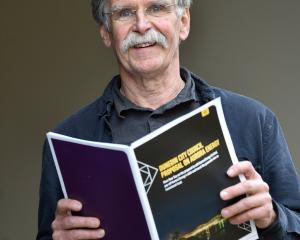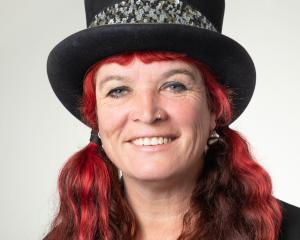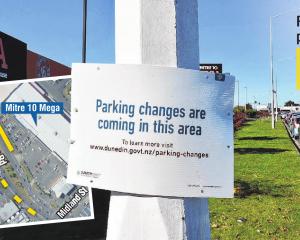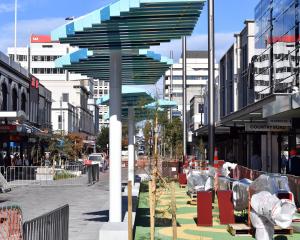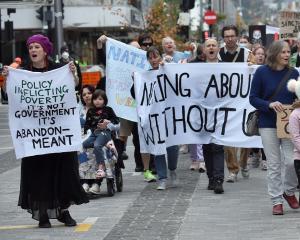
The latest population data shows a recent drop and then lower projected growth than had been anticipated, prompting two councillors to declare they believed higher growth would materialise and one to be labelled a grinch.
A report for the council about housing capacity noted Dunedin lost an estimated 2400 residents between July 2020 and June 2022.
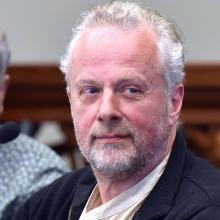
Higher population projections were used when some key council documents were shaped, such as the 2021-31 long-term plan.
The population drop for Dunedin was mainly a consequence of migration within New Zealand, the council was told at a meeting this week.
Cr Vandervis speculated possible factors included the city having a less business-friendly rating system, or differential, than other centres, "divisiveness in the past few years about how Dunedin develops" and a generational schism.
"I look forward to getting some more information, as has been promised, on who left and hopefully that will give us some idea of why."
His commentary contrasted with views offered by several other councillors, most notably Christine Garey and Andrew Whiley.
"I have great faith in this city and I believe we’ll hit that high-growth target again," Cr Garey said.
Cr Whiley, who highlighted the Covid-19 pandemic and immigration settings to help explain recent data, was frustrated population trends and projections about capacity needed for housing seemed to signal underwhelming ambition or vision.
"I see faster growth for our city," he said.
Cr Vandervis said he felt like a grinch, an assessment endorsed by Cr Jim O’Malley, and Cr Vandervis reflected on Cr Whiley’s optimism.
"It’s fairly well established that optimists have happier lives, but pessimists have a better grasp of reality," Cr Vandervis said.
The council is using the Statistics New Zealand medium-level scenario for population change to help shape policy about capacity for housing and business growth.
Factors in the mix include recently relaxed housing development rules, zoning changes, environmental imperatives, adjusted population projections and the pipeline of expected work, potentially including public housing.
The council was on track to go close to planning for a high-growth scenario, city development manager Dr Anna Johnson said.
Cr Garey was one councillor who said it was prudent for the council to be nimble, enabling planning for high growth, should this be needed.
Cr O’Malley said the council needed to be in a position where it could respond to growth.
The council endorsed using a medium-growth scenario, as well as adding in some strategic planning, such as having a sharper focus on community and social housing aspirations.
The Otago Regional Council adopted the same approach.
Cr O’Malley said this did not get in the way of high-growth ambition.
Dunedin Mayor Jules Radich said the population "blip", together with housing capacity and scope for improvement in productivity, presented opportunities for the city.
It could increase use of technology to better harness the efforts of the population and its "brain power".


